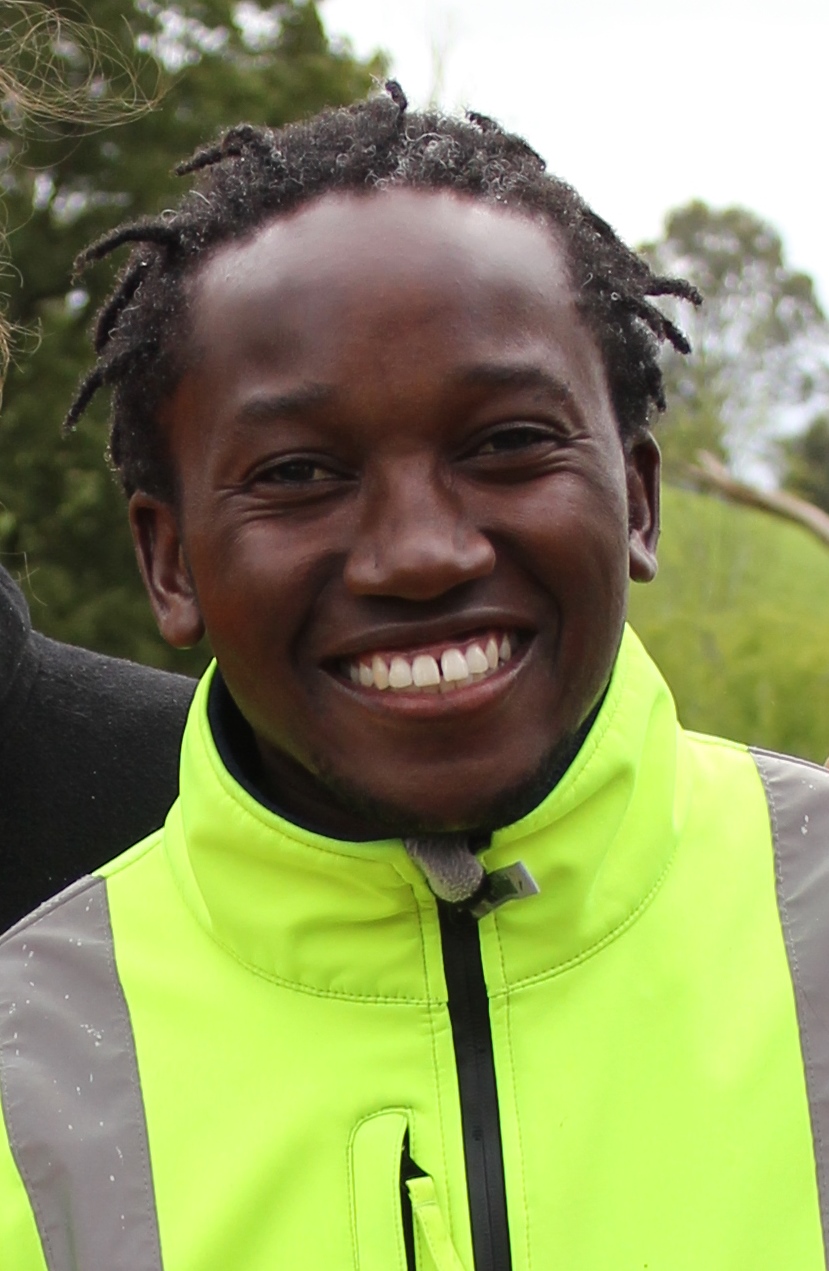Aaron Mashano
Leaders of Tomorrow Careers Training CEO
I WOULD like to refer to the refugee youth as part of the Culturally and Linguistically Diverse (CALD) youth group.
At times the term refugee can be used as a blanket statement and assumes there are no diverse backgrounds or further diverse needs based on the how they came to join the Greater Dandenong community we now all call home.
As an immigrant myself, coming in my late teens with no parents, it was a very stressful time trying to assimilate and simultaneously monitor and comprehend the impact of immigration policy on things like residency, let alone work rights while trying to send money home and keep your head above water.
So, as a young person, I recall waking up feeling lost and fumbling around half the time hoping it was the right thing to do.
What worried me most was when you would hear from your peers of someone ’like us’ who had been imprisoned or deported without us ever hearing the details of their situation, and so it would leave you in a constant state of fear of the unknown.
On the flip side, one cannot point the finger of blame at the institutions that tirelessly strive to make sense of this diversity, let alone put policies in place to preserve the wellbeing of residents and at the same time cater for the special and sometime different needs of CALD groups.
It is a very challenging and delicate task and one with no easy solution.
That being said, I came across this statistic – Greater Dandenong had the second highest level of youth disengagement (20 to 24 year olds neither in paid employment or enrolled in education) in Melbourne.
I can’t remember exactly when I read this statistic, but I remember thinking to myself ‘this statistic is alarmingly high’.
Being passionate about enabling youth and building their capacity, I still want to believe that knowing this reality can also present opportunities for the Greater Dandenong community to band together in order for us to reduce this statistic moving forward.
I was not a local at the time of reading this statistic, but by then I had already been involved in a few projects and conversations with some youth from Burma, South Sudan and Afghanistan and discovered that some of their concerns were very similar to those of youths who had been born here.
The added conversations by the CALD youth led to inquiries around the need for opportunities to get a quick paying job so that they could send money overseas to their relatives, who they feel responsible for.
This took me back to my earlier comments around the challenging barriers, either perceived or real, by all involved to overcome before this can be a reality.
So, in a lot of cases, I would insist that we focus on what options we have at hand to resolve this real problem rather than surrender to the fact that it’s too hard or impossible to get a job.
Putting the question back to the young people, asking them to come up with suggestions and solutions made for engaging conversations and later birthed my reborn faith that, as a community, I believe we can come up with sustainable careers pathways rather than selling jobs or just certificates to the young job seekers.
I think even re-phrasing our approach from ‘job opportunities’ to ‘career opportunities’ will get the youth asking long-term questions like ‘what do I want to be doing in the next two, five or 10 years?’.
Part of our approach under Leaders of Tomorrow Careers Training is that we mentor our clients by getting them to position themselves as a potential employee and ask questions like ‘what skills do I need to start honing now so that I can be competitively placed, to not only gain promotional opportunities but hold the desired role that can maintain my chosen lifestyle?’.
These questions begin to demand them to dive into work experience projects or ’taster’ initiatives first that allow them to engage in the role and meet potential employers without feeling locked in until all the stakeholders are satisfied with each other.
I believe this is the future of practical careers training and it has the capacity to reduce the likelihood of poor outcomes – from accessing government funded courses only after they have an awareness or experience in the industry they want to embark in, to getting real skill development with real employers so that they can translate that with their natural talents.
In short, going through a selection and experience criteria first, then choosing which career and accredited career path to embark on really helps the young job seeker to understand what is involved and therefore make stronger self-inspired decisions that reduce the need for outside motivators to keep them engaged.







